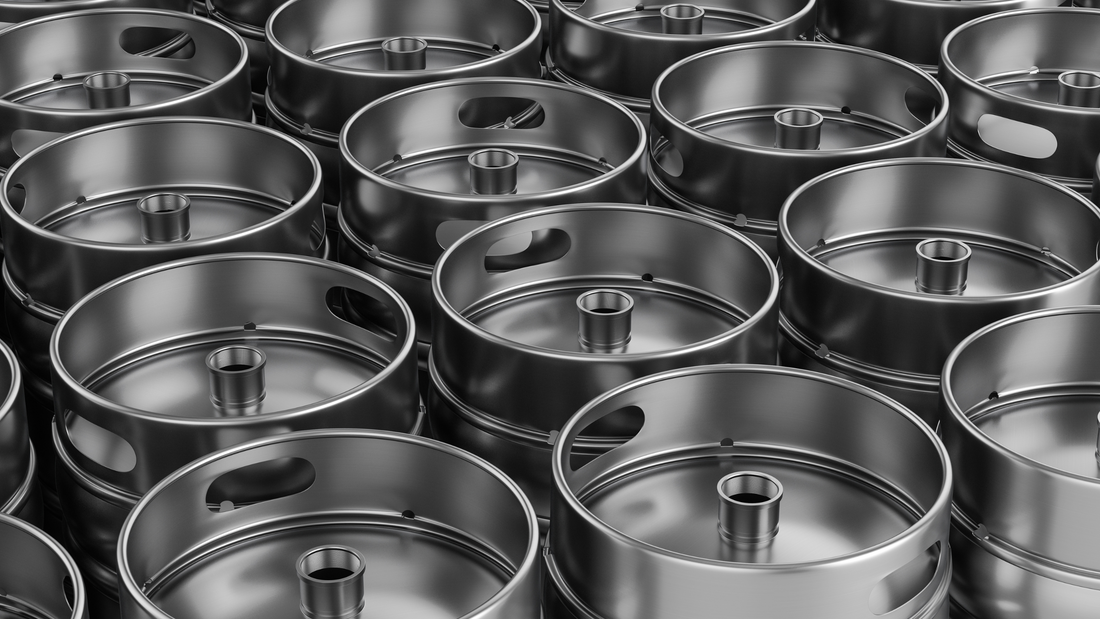One of the most frequent overlooked aspects of planning for a startup is acquiring the proper amount of keg fleet. Kegs are the life-blood of every brewery. Even breweries who plan for a significant amount of canned or bottled product will rely on keg sales and its better margin for a complimentary and crucial income stream.
Planning a startup is complicated. Aside from finding the right location and navigating licenses and building requirements, it’s crucial to account for the proper amount of keg fleet and earmark that into your startup capital.
Most startups will acquire initial capital via an SBA 7a loan and these loans don’t allow for much flexibility once you submit your projected budget and secure your loan amount.
So the upshot is, find a good consultant and plan everything well!
First, lets understand the nature of your brewery. As consultants, this is the first thing we do with every client: Discover what the vision is and what capital allows for. This can be anything from a small nano-system in a licensed home-garage to a 30,000 square foot facility designed to move massive volume into distribution.
Lets consider a fairly typical startup example of a 7 BBL capacity brewpub with 6 standard beers and 4 rotational beers served on-site, and limited outside distribution.
There is one golden rule in all brewery projects. You will always want more space. Space is always an issue in every project. Keep in mind that you will want to plan your space around process flow. A well-planned process flow will make your teams life easier in the brewery. Less unnecessary labor means a better bottom line and better team morale.
The life cycle of a kegged beer is as follows: Clean empty shell, filled, stored in the brewery, put on tap or into distribution, returned, stored dirty, cleaned then repeat. Generally speaking, a good rule of thumb is to have five keg shells for every keg filled.
So back to the brewery project: If we want to have eight standard beers on tap in house the project may want to consider serving tanks, which will mitigate the amount of kegs needed. But for this example, lets assume everything goes into kegs.
10 styles of 7 BBLs of product is a fairly straight forward baseline calculation. Lets assume there is a 10% loss on batches due to hop trub, yeast dumps and what not. The trend of more and more cold side hops has made some amazing exciting beers, but does cause batch inefficiency when dumping hop trub.
(7*2) = (14 ½ BBL kegs) *.90 = 12.6 kegs per batch 12.6 * 10 (SKUs) = 126 kegs
Its most likely you will not be storing kegs of full batches of every SKU, all at once, but you will also want to account for overlap so you don’t run out of a style. So for the purpose of this exercise we will keep the baseline number 126.
For your distribution the rule of thumb is to have 4 Half BBL kegs and 8 Sixth BBL kegs for every tap handle within your distribution area. Of course, these days and the rotational nature of craft tap houses, this can be a hard number to plan. But this is a starting rule of thumb.
But lets say you sign with a small distributor and plan to be on 30 taps.
304 = 120 Half Barrel kegs 306 = 180 Sixth Barrel kegs
So your total in-house and distribution keg fleet will be 246 Half Barrel kegs and 180 Sixth Barrel kegs. This may seem like a lot, but in my experience, the two things new breweries discover rapidly is, they wish they had more space and they wish they had more kegs.
But never fear! Our team at Redwood has decades of experience in building equipment and launching breweries and we can work with you to ensure you get exactly what you need!https://redwoodstainless.com/pages/contact

